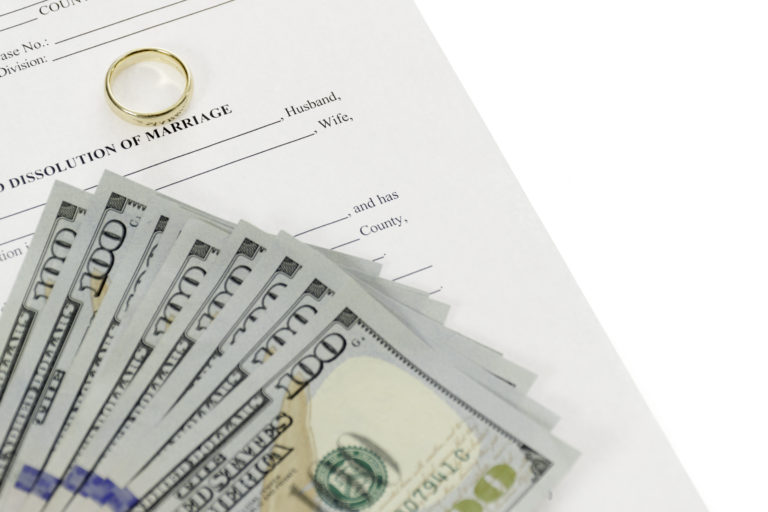
Retirement accounts are considered a marital asset in a divorce. Whatever accrued during the time of the marriage can be divided. A common issue when dividing a pension and retirement accounts is when someone might have worked for an employer for a long time, and they want to keep their pension at all costs. For instance, the person may want their spouse to have the house instead. The pension would need to be valued so it compares to the house value. The valuations are done by a specialist, they determine what the present value of that pension is. They do this by taking the number of payments expected to be made in the pension from the date the person starts collecting to the anticipated date of death.
Retirement accounts are considered in marital assets in a divorce and the general way of the treated is that whatever accrued during the marital coverture period is divided. What marital coverture means is how long the parties have been married. So, what would be divided is what accrued from the date of the marriage to the date of divorce. Therefore, the issue with retirement plans is in pensions. Sometimes people just divide the payment that they are ultimately going to receive. For instance, if you are going to receive a payment of $3,000 a month after you retire 15 years from now, that $3,000 a month is not divided 50:50.
Let’s use an example where the parties are married for 20 years. Then the pension is payable, provided the party continues working say for 10 years beyond the divorce date. How it would work in terms of payment is that one spouse would get two-thirds of one-half. So, in the case of the $3,000 payment, one spouse would get half of two-thirds of $3000, which is one half of $2000, which in turn is $1000.
The way pensions are divided is by means of a qualified domestic relations order. This is drafted and given to the court. The court then approves it. It is consequently given back to your plan administrator for the pension. This plan administrator then has the authority to divide the check between both parties. This still holds true if it is a non-pension payment account, like an IRA account or a 401K account. Those are rather like what-you-see-is-what-you-get accounts. Whatever your balance is, that is the amount that will be divided. If, however, there was an amount that was clearly something that could be carved out as having been prior to the marriage, that is an argument that your attorney could make. However, the court does not always carve out pre-marital IRA or 401K money.
The other problem with dividing pension in retirement accounts is that someone might have worked for an employer for a long time and they want to keep the pension they so painstakingly accrued. It is natural to feel this way, and it is a common issue. They might want to keep the pension and in its stead, give their spouse the house, for instance. This is common. In such a situation, we get the pension valued.
Let me give you a simplified idea of what that means. The evaluations are done by specialists in actuarial science, or an underwriter. What they essentially do is to determine what the present value of that pension is. They first consider the number of payments that are expected to be made from the date the person starts collecting the pension to the date they anticipate the person’s death. They then sign the anticipated date of death by means of actuarial tables. Let us assume for the sake of this example, given that person’s age at the time of divorce and given their life expectancy, that they are going to collect the pension for 20 years in 10 years’ time. What they do is they take 20 years of payments and reduce it to a present value. Let’s assume that the monthly payment is $3,000. The present value would be calculated by multiplying $3,000 a month by 20 years, and then that would be reduced to a present value. So this might effectively be two-thirds of the actual amount received. This is because they must backdate it since you are assigning a value to that pension now and trading that against another asset.
Let us assume you get a pension evaluation that determines that the pension is worth $250,000. Let us also assume that the equity on the house is $250,000. In some situations, one spouse decides to keep the pension, and the other keeps the house.
Another argument that individuals often have is that the juxtaposition of pension money with a house is tantamount to comparing two very dissimilar quantities. Perhaps there ought to be a discount for the pension money. Worry not, because that is taken into account by the actuary with the calculation of the present value.
However, that same argument is also made regarding IRAs and 401Ks. This is because withdrawals from an IRA or 401K are taxable events. This causes some individuals to argue that the 401K and IRA should not be treated the same as the house. But the other side of that argument is that money and house does not always translate to cash either. Although you may get an equity line of credit, cash and house is subject to cost when it’s distributed. These take the form of broker’s fees, other normal customer reselling costs, tax stamps and so on.


